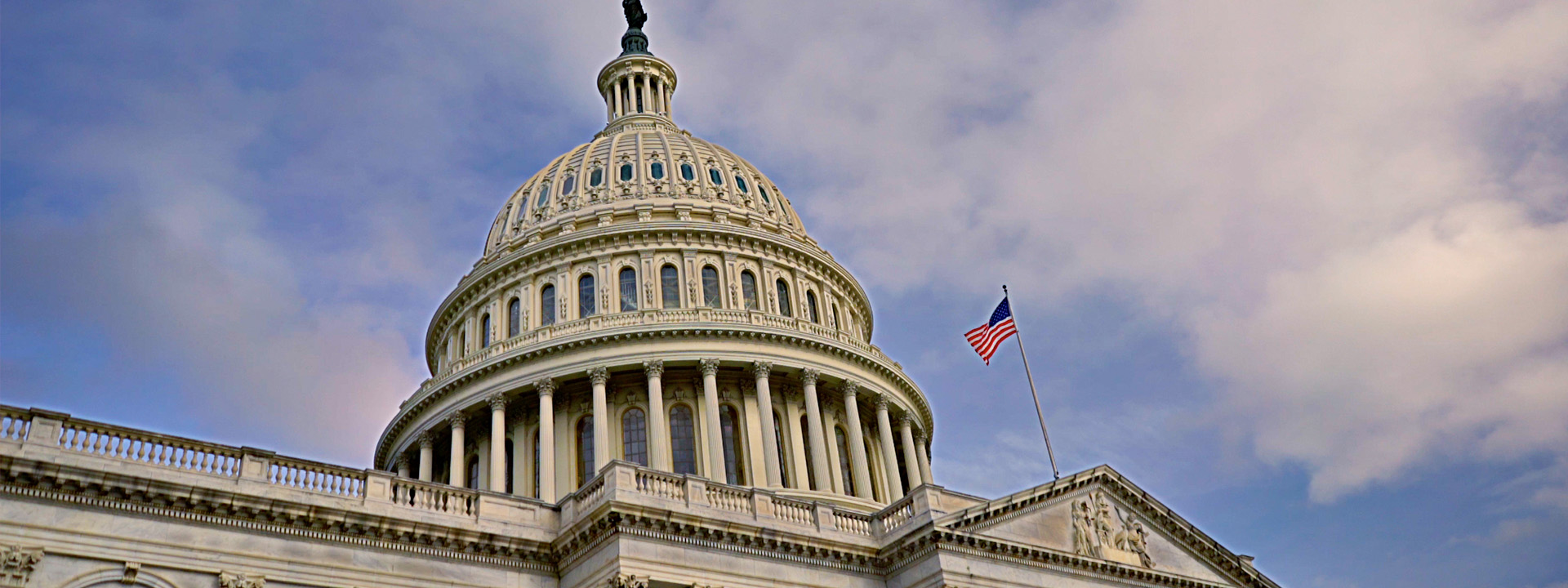He may refer to himself as “incredibly impatient” or “a hopeless simplifier” and while Micky Tripathi, Ph.D., may very well be those things, it's for good reason.
And it happens to be the same reason we think of him as a partner in advancing healthcare interoperability.
Tripathi is currently serving as the National Coordinator for Health Information Technology in the Office of the National Coordinator for Health IT (ONC) at the U.S. Department of Health and Human Services (HHS). Tripathi has dedicated his career to improving technology and interoperability to simplify patient care nationwide.
In referencing Tripathi’s accomplishments helping ONC reach a major milestone recently, HHS Secretary Xavier Becerra said, “I feel like we’re watching the Big Bang occur in 2023,” as the first Qualified Health Information NetworksTM (QHINTM) under the Trusted Exchange Framework and Common AgreementSM (TEFCASM) became operational just this month.
Surescripts Health Information Network, LLC, a subsidiary of Surescripts, has also applied to become a QHIN. Follow this page for updates.
Tripathi recently shared his vision for ONC and the future of intelligence sharing at the joined Surescripts Network Alliance Forum.
Advancing Clinical Interoperability
The technology that has enabled electronic transactions and simplified health intelligence sharing has come a long way in a relatively short period of time. In just over a decade, Tripathi noted that 97% of hospitals and 86% of ambulatory providers are on certified electronic health record systems, up from single digits.
He acknowledges that getting to this point “was really, really messy and it still is messy. But it's a tremendous accomplishment and puts us in a position now to be able to do the higher-level things that we all want to be able to do.”
Tripathi views his role at ONC as helping to bridge the gap--what he calls the last inch--between public and private organizations to make interoperability better, earning the trust of health care providers and their patients.
He’s taking an active approach. "We can’t just sit around and wait and assume it’s going to solve itself and we certainly can’t let perfect be the enemy of the good,” said Tripathi. “You know, it’s always going to be messy, but we need to move forward, and we'll figure things out along the way.”
He believes ONC can provide a “tremendous amount of value…to help facilitate…what the market does best, which is move forward and innovate and have the government help with those areas that it's really hard for the market to own alone.”
Bridging Gaps to Solve Healthcare’s Most Pressing Challenges
Tripathi shared a recent experience that illustrated why advancing clinical interoperability must continue. While with a loved one in a local hospital during a transition of care, he was handed a stack of paper and told to bring it to the next provider to scan into the patient’s electronic health record. But the work was unnecessary: both health systems were already connected to certified electronic health record systems. “We still have that last inch problem that people are still saying, ‘You know what, it's so much easier to fax, ’or…‘Here's a stack of paper, go figure it out.’”
There’s a “tremendous amount of interoperability happening, actually provider to provider, over those networks in the tens of millions of transactions per day,” he continued. “[But] it's that last inch gap that's very, very frustrating that we want to be able to work on.”
Throughout the pandemic, public health agencies could not easily access clinical records easily and payers are still unable to participate in these networks in a meaningful way. Tripathi asked, “how is it that patients, individuals can't just say, ‘You know what, I've got my app, I just want to connect to the network and just get all my records just in a single place.'”
He said that ONC’s role is to provide that “more assertive and focused government attention because it's really hard for the private sector to get to that next level of things.” And he points out that the private sector supporting public health is challenging, along with the competitive issues among industry organizations.
“We just need a foundation, a common foundation across the country that everyone can rely on. And we want to have everyone innovate on top of it. But if we don't do that, then it's just going to be a tremendous number of holes and gaps all across the country.”
TEFCA to Connect the Last Inch and Beyond
Tripathi’s vision of TEFCA and QHIN—a network of networks—is that the exchanges become so trusted and commonplace that the process itself fades into the background in the same way banking and financial transactions work today.
“Imagine a world where your medical records are just where they need to be when you show up with the provider and you don't have to do any work,” said Tripathi. “When people aren't thinking about it, that is when we know we have succeeded.”
“To get to a point where no one knows the name TEFCA, but they absolutely rely on it every single day. That's what we want.”
TEFCA is the governance structure that ensures QHIN are working within industry data exchange standards and will ensure accountability across the networks.
Tripathi shared his excitement that Surescripts Health Information Network, LLC, a subsidiary of Surescripts, is moving forward with the QHIN application process. "Surescripts played a leadership role in electronic prescribing, clinical interoperability and record location services, helping all of us move forward to the next evolution of interoperability.”
Tripathi added, “and that's a little bit of the magic and the trick that we want to be able to perform here, which is to say things like the common agreement…must be something that the private sector feels comfortable with. And it also must be flexible to the sort of innovation that happens in the market.”
Learn more about Surescripts Health Information Network, LLC application to become a QHIN.


 Dean Riggott Photography
Surescripts
Dean Riggott Photography
Surescripts



